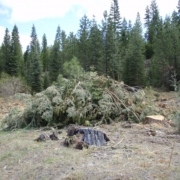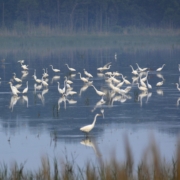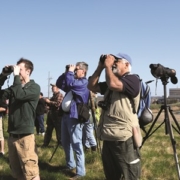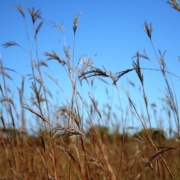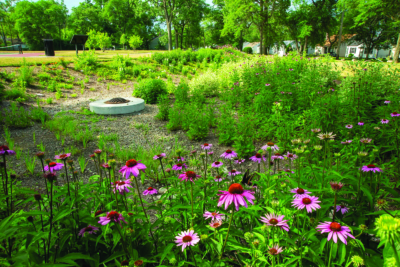White Paper | Trees at Work | Driving Conservation, Equity and Empowerment through Urban and Community Forestry
BETHESDA, MD, March 3, 2022 – Wildlife Habitat Council (WHC) offers a new white paper available for download today, Trees at Work | Driving Conservation, Equity and Empowerment through Urban and Community Forestry (UCF). The white paper is sponsored by Ontario Power Generation and is available for free on our website.
This white paper serves as an extension of the WHC Across Fence Lines initiative, a U.S. Forest Service-funded effort focused on engaging corporations in a best-in-class, community-centered approach to urban and community forestry.
A Prime Opportunity for Corporate Conservation
Trees in urban and suburban settings are increasingly being seen as critical infrastructure, bringing a variety of positive benefits to a rapidly urbanizing world. At the same time, people in the U.S. and other parts of the world are seeking solutions to the ongoing climate and biodiversity crises, and addressing long-overdue matters of socioeconomic and racial inequity that have disproportionately placed these environmental burdens on poor communities and communities of color.
This white paper explores some of the many ways that corporations around the world have utilized community forestry work to provide biodiversity uplift, ecosystem services and resident empowerment within a wide range of communities, as well as how strategic UCF projects can serve all three purposes. While the goals, environmental needs, and geographic and socioeconomic contexts of the following featured case studies vary greatly, a number of common practices — close attention to tree selection, awareness of local soil conditions, an interest in forming partnerships, a reverence for local community needs and a commitment to maintenance for long-term success — arise throughout.
Case Studies:
- Stellantis: Stellantis Etobicoke Casting, Ontario, Canada
- Bayer: Camaçari Site, Camaçari, Brazil
- Waste Management: Waste Management-Michelin Campground Natural Area, Kentucky, U.S.A.
- Kinder Morgan: Hartford Street Terminal, Florida, U.S.A.
- Bridgestone: Aiken County Off Road Tire Plant, South Carolina, U.S.A.
- Buzzi Unicem: Hercules Cement Company, Pennsylvania, U.S.A.
- CEMEX: Barahona Site, Barahona, Dominican Republic
- General Motors: Colmotores Plant, Bogotá, Colombia
- DuPont: Experimental Station Laboratories, Delaware, U.S.A.
- Marathon: Detroit Refinery, Michigan, U.S.A.
Sponsored by Ontario Power Generation, this white paper includes an introduction from Aaron Del Pino, Vice-President – Environment, Health & Safety, Ontario Power Generation, who states, “Trees, shrubs, and forest habitats mitigate the effects of climate change and are critical to supporting biodiversity by providing food and shelter for a variety of wildlife.”
About Wildlife Habitat Council:
For 33 years, WHC has been promoting and certifying ecological stewardship action on corporate lands through partnerships and education. Since only 10-15% of the world’s land surface is protected, private lands provide an essential opportunity for restoring and protecting biodiversity. As the only international conservation NGO focused exclusively on the private sector, WHC provides a framework for voluntary conservation action on a wide variety of corporate lands. WHC’s corporate members represent some of the leading national and multinational corporations seeking to support sustainable ecosystems and the communities that surround them. These efforts have resulted in more than 1,000 certified programs across 47 states and 28 countries.

